Works Cited (1)
Conley, Mikaela. “Titanium Dioxide, Banned in Europe, Is One of the Most Common Food Additives in the U.S.” U.S. Right to Know, U.S. Right to Know, 6 Jan. 2024, usrtk.org/chemicals/titanium- dioxide/.
Juelicher, Sabine. “Goodbye E171: The EU Bans Titanium Dioxide as a Food Additive.” Health and Food Safety - Goodbye E171: The EU Bans Titanium Dioxide as a Food Additive, European Commission, 18 Jan. 2022, ec.europa.eu/newsroom/sante/items/732079/en.
Works Cited (2)
Evich, Helena Bottemiller. “Politico pro: Europe Reaffirms Food Dye Safety Ahead of FDA Study.” Subscriber.Politicopro.Com, Politico LLC, 29 July 2014, subscriber.politicopro.com/article/2014/07/europe-reaffirms- food-dye-safety-ahead-of-fda-study-036814.
Kobylewski, Sarah, and Michael F. Jacobson. “Toxicology of food dyes.” International Journal of Occupational and Environmental Health, vol. 18, no. 3, 2012, pp. 220–246, https://doi.org/10.1179/1077352512z.00000000034.
Ma, Janny. “Food Colours and Hyperactivity in Children.” Food Colours and Hyperactivity in Children, Centre for Food Safety: The Government of the Hong Kong Special Administrative Region, 16 Nov. 2018, www.cfs.gov.hk/english/multimedia/multimedia_pub/multimedi a_pub_fsf_48_01.html#:~:text=From%2020%20July%202010% 2C%20foods,contain%20certain%20artificial%20food%20colou rs.
McCann, Donna, et al. “Food additives and hyperactive behaviour in 3-year-old and 8/9-year-old children in the community: A randomised, double-blinded, placebo-controlled trial.” The
Lancet, vol. 370, no. 9598, 6 Sept. 2007, pp. 1560–1567, https://doi.org/10.1016/s0140-6736(07)61306-3.
Works Cited (3)
Bursley, Jenna K., and Cheryl E. Rockwell. “Nrf2-dependent and - independent effects of TBHQ in activated murine B cells.” Food and Chemical Toxicology, vol. 145, 2020, p. 111595, https://doi.org/10.1016/j.fct.2020.111595.
vol. 14, no. 1, 12 Jan. 2016, https://doi.org/10.2903/j.efsa.2016.4363.
Ereño-Orbea, June, et al. “Molecular basis of human CD22 function and therapeutic targeting.” Nature Communications, vol. 8, no. 1, 2017, https://doi.org/10.1038/s41467-017-00836-6.
Mita, Yukiyoshi, et al. “Crucial role of CD69 in anti-tumor immunity through regulating the exhaustion of tumor-infiltrating T cells.” International Immunology, vol. 30, no. 12, 2018, pp. 559–567, https://doi.org/10.1093/intimm/dxy050.
Németh, Krisztina, et al. “Chronic exposure to the food additive TBHQ modulates expression of genes related to SARS-COV-2 and influenza viruses.” Life, vol. 12, no. 5, 2022, p. 642, https://doi.org/10.3390/life12050642.
Valencia, Xavier, and Peter E Lipsky. “CD4+CD25+FoxP3+ regulatory T cells in autoimmune diseases.” Nature Clinical Practice Rheumatology, vol. 3, no. 11, Nov. 2007, pp. 619–626, https://doi.org/10.1038/ncprheum0624.

